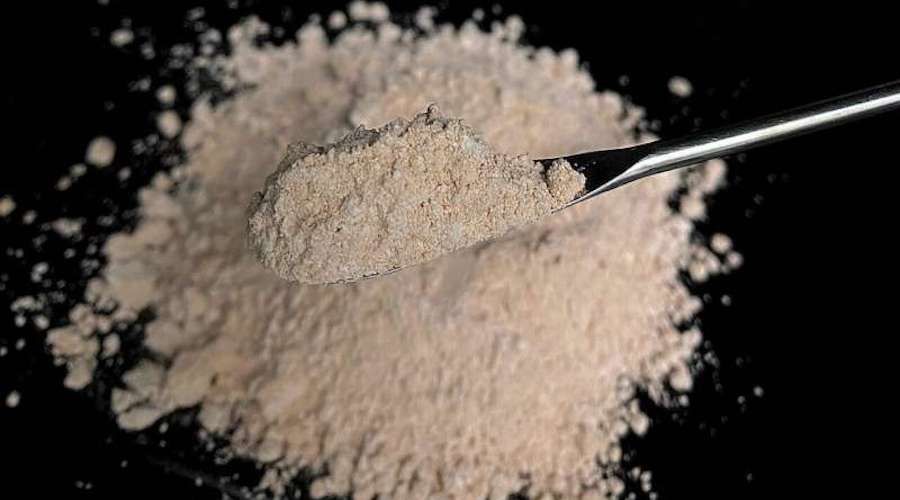
But they propose the idea of a new catalyst that requires only a small amount of these reactive metals and is combined with feldspars, aluminosilicate rock minerals found in mining waste that some companies pay about $30/tonne to dispose of. Feldspars make up about 60% of the Earth’s crust.
Feldspars are aluminosilicate rock minerals found in mining waste. Some companies pay about $30/tonne to dispose of it
In a series of experiments, the scientists triggered a water-splitting reaction using heated-activated feldspars nano-coated with only 1–2% of the cheaper reactive metals.
“Water splitting involves two chemical reactions—one with the hydrogen atom and one with the oxygen atom—to cause them to separate,” Sun said. “This new nano-coated material triggered the oxygen evolution reaction, which controls the overall efficiency of the whole water splitting process.”
According to Sun, cobalt-coated feldspar was very efficient and optimizing the new catalysts could see them outperform raw metals or even match the superior efficiency of platinum metals. He also said the aluminosilicates were chemically inert, but heat caused defects that were useful for chemical reactions and electron transport.
In his view, the new catalyst could potentially lower the cost of lithium-ion batteries and other sustainable energy solutions that rely on electrochemical conversions. This is why his group is now looking to test the catalysts at a pilot scale.
“Australia’s abundance of aluminosilicate and the simplicity of this modification process should make industrial-scale production of this new catalyst easy to achieve,” Sun said.
“Companies like Tesla could potentially use this technology for energy production, advanced energy storage solutions like new battery technologies, and renewable fuel.”




